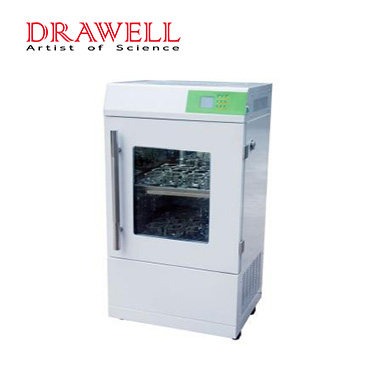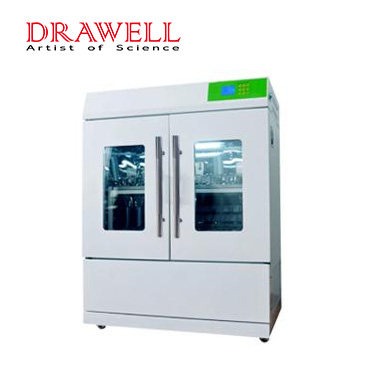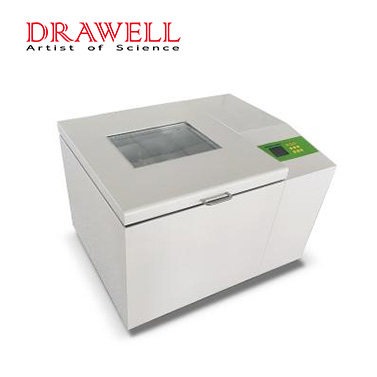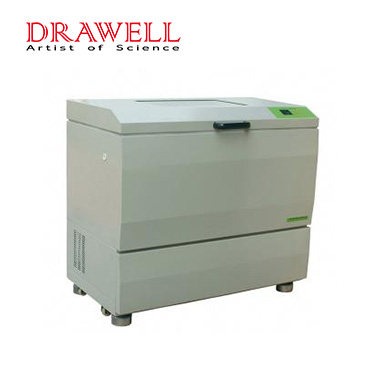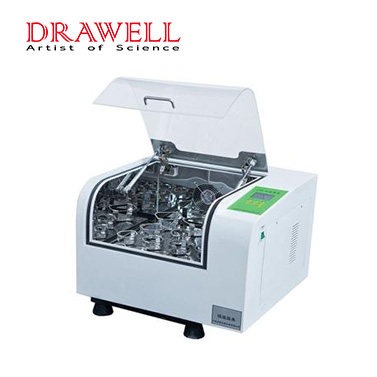Protein expression and purification are fundamental processes in molecular biology and biotechnology research. These processes enable scientists to produce and isolate specific proteins for various applications, including structural studies, drug development, and biotechnology. Shaking incubators play a crucial role in these workflows by providing optimal conditions for cell growth, protein expression, and purification. In this article, we will delve into the principles and best practices of protein expression and purification using shaking incubators.
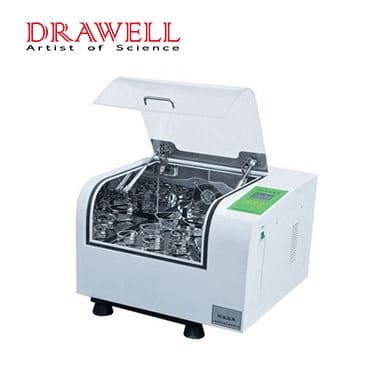
Why Shaking Incubators are Important in Protein Expression and Purification?
Understanding Protein Expression and Purification
Protein expression involves the synthesis of a specific protein by a living organism or in vitro system. In molecular biology research, recombinant DNA technology is commonly used to introduce genes encoding target proteins into host cells, such as bacteria, yeast, or mammalian cells. Once inside the host cells, these genes are expressed, leading to the production of the corresponding proteins.
After protein expression, the next step is purification, which involves isolating the target protein from other cellular components. Purification methods vary depending on the properties of the target protein and the expression system used.
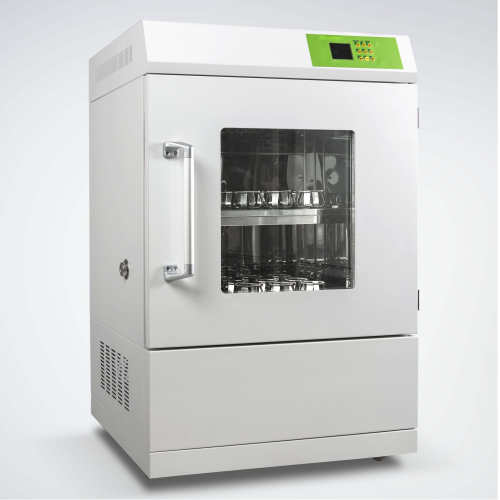
The Role of Shaking Incubators in Protein Expression and Purification
Protein Expression:
1. Optimal Growth Conditions
Shaking incubators create an ideal environment for cell growth by maintaining precise control over parameters such as temperature, humidity, and aeration. This ensures that cells remain healthy and proliferate at an optimal rate, facilitating efficient protein expression.
2. Uniform Mixing and Oxygenation
The shaking motion of incubators ensures thorough mixing of the culture medium, preventing sedimentation of cells and facilitating uniform distribution of nutrients and oxygen. This constant agitation enhances cell growth and protein production rates by preventing the formation of local microenvironments that may impede cellular metabolism.
3. Induction and Expression
Many protein expression systems rely on the controlled induction of gene expression using inducible promoters. Shaking incubators provide a consistent environment for inducing protein expression, allowing researchers to precisely regulate the timing and duration of induction to achieve optimal protein yields.
4. Scale-Up Capability
Shaking incubators are available in various sizes, allowing for scalability in protein expression experiments. From small-scale research studies to large-scale production, shaking incubators can accommodate different volumes of cell cultures, making them versatile tools for protein expression optimization and production.
Protein Purification
1. Homogeneous Cell Culture
Prior to protein purification, cells expressing the target protein must be harvested and lysed to release intracellular contents. Shaking incubators ensure that the culture remains homogeneous, minimizing variations in cell density and facilitating consistent cell lysis and protein extraction.
2. Soluble Protein Production
In many cases, proteins expressed in heterologous systems may accumulate as insoluble aggregates known as inclusion bodies. Shaking incubators can promote the production of soluble proteins by maintaining optimal growth conditions and preventing the aggregation of newly synthesized proteins.
3. Affinity Chromatography
Shaking incubators are often used in conjunction with affinity chromatography, a common method for protein purification. After cell lysis, the protein of interest can be selectively captured by immobilized affinity ligands in chromatography columns. Shaking incubators ensure efficient binding and elution of the target protein by promoting mass transfer and facilitating interactions between the protein and the chromatography matrix.
4. Sample Homogenization
During protein purification, samples may require additional processing steps such as centrifugation or filtration to remove cellular debris and clarify the lysate. Shaking incubators help maintain sample homogeneity, ensuring consistent results and minimizing variability in downstream purification steps.
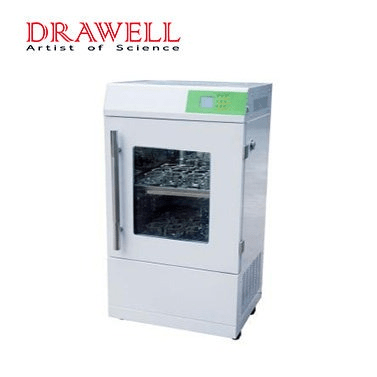
How to Maximize Efficiency in Protein Expression and Purification Using Shaking Incubators
Optimizing Protein Expression
1. Culture Conditions Optimization
Ensure that the culture medium composition, pH, temperature, and aeration are optimized for the specific host organism and protein of interest. Regularly monitor and adjust these parameters to maintain optimal growth conditions throughout the expression process.
2. Induction Timing and Concentration
If using an inducible expression system, optimize the timing and concentration of the inducer to achieve maximal protein expression levels while minimizing cellular stress. Experiment with different induction conditions to identify the optimal parameters for your system.
3. Agitation Parameters
Fine-tune agitation parameters such as speed, amplitude, and shaking mode to promote uniform mixing of the culture and enhance oxygenation of the cells. Optimal agitation conditions can vary depending on the cell type and expression system, so it’s essential to empirically determine the most suitable settings.
4. Monitoring and Control
Continuously monitor cell growth and protein expression levels using techniques such as optical density measurements, fluorescence assays, or quantitative PCR. This real-time feedback allows for timely adjustments to culture conditions and induction parameters to maximize protein yield.
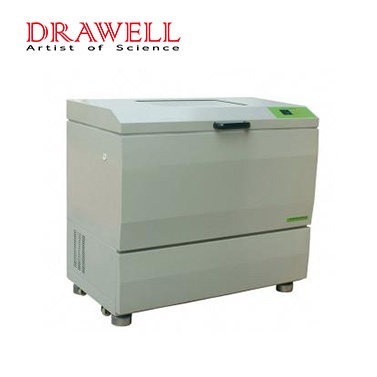
Enhancing Protein Purification Efficiency
1. Selection of Purification Strategy
Choose the most appropriate purification method based on the properties of the target protein and the desired purity and yield. Common purification techniques include affinity chromatography, size-exclusion chromatography, ion exchange chromatography, and precipitation methods.
2. Sample Preparation
Optimize cell lysis and sample preparation methods to ensure efficient release of the target protein while minimizing contamination with host cell components. Gentle lysis procedures and the use of protease inhibitors can help preserve protein integrity during extraction.
3. Column Packing and Equilibration
Pay careful attention to column packing procedures to ensure uniform resin distribution and optimal binding capacity. Proper equilibration of the purification column with the appropriate buffer solution is essential for efficient protein binding and elution.
4. Optimization of Elution Conditions
Fine-tune elution conditions such as pH, salt concentration, and elution buffer composition to maximize protein recovery and purity. Gradient elution methods can be used to selectively elute the target protein while minimizing co-elution of contaminants.
5. Quality Control and Characterization
Implement stringent quality control measures to assess protein purity, yield, and functionality at each step of the purification process. Analytical techniques such as SDS-PAGE, Western blotting, and mass spectrometry can be used to verify protein identity and integrity.
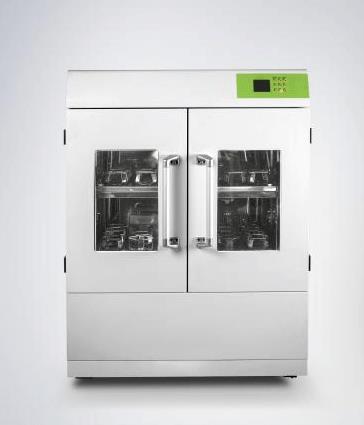
Conclusion
Shaking incubators are indispensable tools for protein expression and purification workflows. Through carefully optimizing culture conditions, agitation parameters, induction timing, and purification strategies, researchers can maximize efficiency and yield in protein expression and purification experiments. Understanding the principles of protein expression and purification in shaking incubators and implementing best practices can significantly enhance the success and productivity of these processes.

